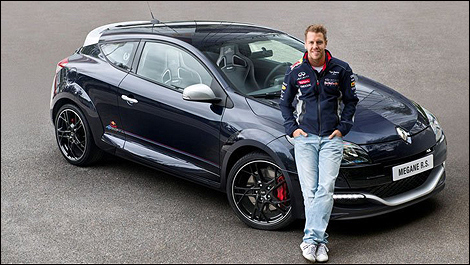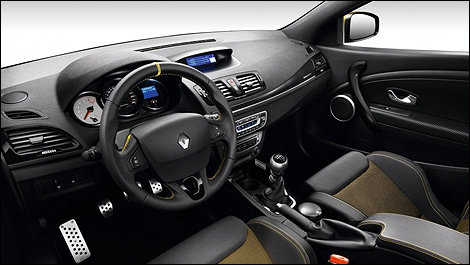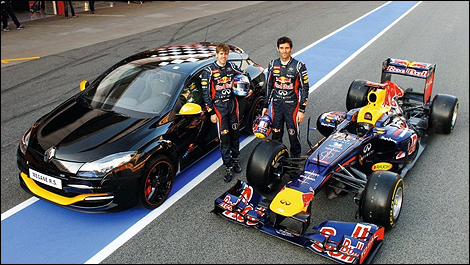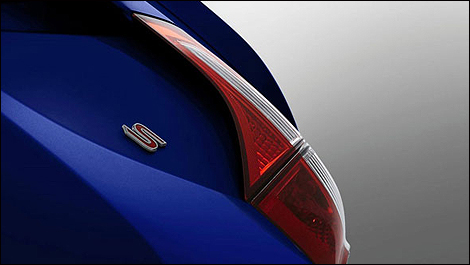Driving aids are the next step being taken toward fully automated cars. Books and folklore have predicted self-driving and flying cars for decades. While the latter has yet to materialize on a real scale, driverless cars are already here.
Although not yet ready for mass consumption, the average consumer can already get a taste of what is to come.
Mobileye's collision avoidance technology, using just a display and sophisticated camera, is deceptively simple. There are two kits currently available: the 5-Series and the C2-Series. However, before I go into a few details on the products, I'm going to briefly describe how they work.
Mobileye's collision avoidance technology is based on sophisticated vision algorithms that are capable of reading and interpreting scenarios unfolding ahead of your vehicle in real-time. The mono-camera (a single camera as opposed to two or more in stereo), with set parameters, sends its recommendations and evaluations to a display, providing drivers with sometimes life-saving signals based on its analysis. Along with the visual warnings, an audible sound is also produced.
Carmakers are currently (and actually have been for a little while) integrating this technology in a number of their products. The safety application is best known as Advanced Driver Assistance Systems (ADAS). In fact, Mobileye holds 80% of the collision avoidance market and its technology is found in BMW, Ford, GM, and Volvo cars and SUVs, among others.
The news announced at CES 2013 pertains to the fact that Mobileye has released a new app for the iPhone and iPad. These devices can now display the information from Mobileye's SeeQ2 image processing board. In fact, the iPhone and iPad's larger screens can exhibit more information than the standard high visibility Eye Watch display and control unit.
With the iPhone mounted in a holder on the dashboard, it doubles as a focal point for all pertinent driver information and maintains the crucial link to the lifeline that is our smartphone. This is bringing technology to the masses.
This new app works with the 5-Series product where Bluetooth connectivity allows consumers to use their own mobile devices. The C2-Series is a more basic system, if only because wires are required.
This new feature demonstrates Mobileye's commitment to bringing more of their devices to the masses with as little intrusion or complication for the consumer. And this is key. This ease of implementation will aid in the deployment of the next million devices they expect to sell in 2013, thus increasing the number of devices to 2 million.
Back in 2010, in the United States alone, 35,000 deaths were caused by car accidents. This statistic excludes injuries and other types of damages. It's no small wonder why the push for self-driving cars is fueled by those invested in safety and security.
As with stability control and ABS brakes, expect these types of detection systems to become standard issue on most, and eventually all, cars sold in North America.
For those interested in Mobileye's technologies, here's a breakdown of the features included in with their collision avoidance technology (copied from Mobileye's website):
In time, and when the 5-Series becomes available, we at Auto123.com intend to test the product. We look forward to the opportunity, especially given that we test drive numerous different cars from the smart fortwo to the RAM 2500 Laramie Long Horn. We're curious to see if the single camera, installed as per the instructions, will be able to clearly do everything it is expected to do in wildly different vehicles.
At the time of writing, prices were not posted online.
For more information on Mobileye and their products, visit www.mobileye.com.
Although not yet ready for mass consumption, the average consumer can already get a taste of what is to come.
Mobileye's collision avoidance technology, using just a display and sophisticated camera, is deceptively simple. There are two kits currently available: the 5-Series and the C2-Series. However, before I go into a few details on the products, I'm going to briefly describe how they work.
Mobileye's collision avoidance technology is based on sophisticated vision algorithms that are capable of reading and interpreting scenarios unfolding ahead of your vehicle in real-time. The mono-camera (a single camera as opposed to two or more in stereo), with set parameters, sends its recommendations and evaluations to a display, providing drivers with sometimes life-saving signals based on its analysis. Along with the visual warnings, an audible sound is also produced.
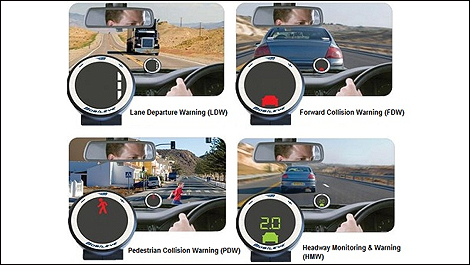 |
| Photo: Mobileye |
Carmakers are currently (and actually have been for a little while) integrating this technology in a number of their products. The safety application is best known as Advanced Driver Assistance Systems (ADAS). In fact, Mobileye holds 80% of the collision avoidance market and its technology is found in BMW, Ford, GM, and Volvo cars and SUVs, among others.
The news announced at CES 2013 pertains to the fact that Mobileye has released a new app for the iPhone and iPad. These devices can now display the information from Mobileye's SeeQ2 image processing board. In fact, the iPhone and iPad's larger screens can exhibit more information than the standard high visibility Eye Watch display and control unit.
With the iPhone mounted in a holder on the dashboard, it doubles as a focal point for all pertinent driver information and maintains the crucial link to the lifeline that is our smartphone. This is bringing technology to the masses.
This new app works with the 5-Series product where Bluetooth connectivity allows consumers to use their own mobile devices. The C2-Series is a more basic system, if only because wires are required.
This new feature demonstrates Mobileye's commitment to bringing more of their devices to the masses with as little intrusion or complication for the consumer. And this is key. This ease of implementation will aid in the deployment of the next million devices they expect to sell in 2013, thus increasing the number of devices to 2 million.
Back in 2010, in the United States alone, 35,000 deaths were caused by car accidents. This statistic excludes injuries and other types of damages. It's no small wonder why the push for self-driving cars is fueled by those invested in safety and security.
As with stability control and ABS brakes, expect these types of detection systems to become standard issue on most, and eventually all, cars sold in North America.
For those interested in Mobileye's technologies, here's a breakdown of the features included in with their collision avoidance technology (copied from Mobileye's website):
- Daylight Pedestrian Collision Warning, including Bicycle Detection
- Forward Collision Warning, both in Highway and Urban areas, including Motorcycle Detection
- Lane Departure Warning
- Headway Monitoring and Warning
- Intelligent High-Beam Control*
- Traffic Sign Recognition
- Intelligent High-Beam Control
- Speed Limit Indication
In time, and when the 5-Series becomes available, we at Auto123.com intend to test the product. We look forward to the opportunity, especially given that we test drive numerous different cars from the smart fortwo to the RAM 2500 Laramie Long Horn. We're curious to see if the single camera, installed as per the instructions, will be able to clearly do everything it is expected to do in wildly different vehicles.
At the time of writing, prices were not posted online.
For more information on Mobileye and their products, visit www.mobileye.com.
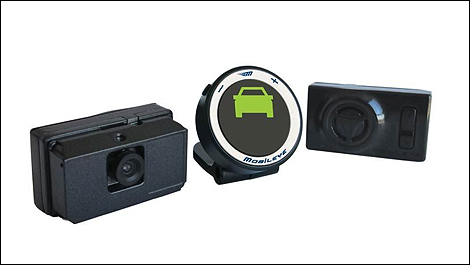 |
| Photo: Mobileye |
 The latest auto news, reviews, prices, product and vehicle releases.
The latest auto news, reviews, prices, product and vehicle releases. 